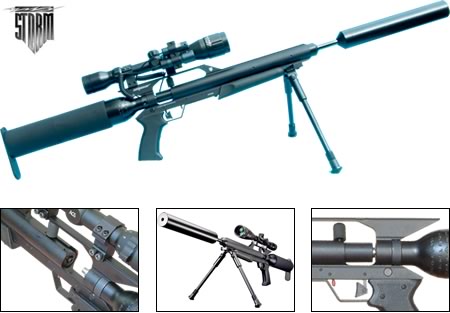 |
| Capt. Axon |
I heart brains the site is becoming a reality.
The site is usable at homebase.iheartbrains.org one day I will work out how to have it run at a clearer address. If you wish for a iheartbrains.org email address contact me at tony.harley(at)iheartbrains.org and I will make it so. It will also appear less rough in the coming days as I get to grips with the template. Any feedback is super welcome.
So come and enjoy the adventures of Captain Axon and Princess Dendrite as they sail the good ship Amygdala across the oceans of Cortexia and I can set you up as a user.
In other news. My good friend Ben White has published the first of his Clover Island novels. Miya Black: Pirate Princess is the tale of a frustrated daughter of the kings and queen of Clover Island (former pirate and princess respectively) who dreams of adventure on the high seas. Needless to say adventure and excitement find her.... Have a read for gratis and if you like it contact myself or Ben and we can make arrangements for distribution of the high quality paper-back edition. Here are the opening paragraphs.......
"Miya Black was thirteen years old and annoyed. She was thirteen years old because her fourteenth birthday wasn’t for another couple of days. She was annoyed because her upcoming birthday celebration was going to include a formal dance.
“Mum, I hate that kind of thing. You know I hate that kind of thing. Don’t you pay any attention to my loves and hates at all?”
Miya’s mother was Lilith ‘Lily’ Black, queen of Clover Island and ex-princess. She had long black hair and dark eyes, and was often remembered by people as being tall, although in fact she was of slightly below-average height.
“Come on, Miya,” she said. “You like dancing. Everyone likes dancing! Who doesn’t like dancing? Name me one person that doesn’t like dancing.”
“Peggles, down at the docks,” Miya’s father put in. Her father was Tomas ‘Boots’ Black, king of Clover Island and ex-pirate. He had short, wavy brown hair and deep hazel eyes, and a kind of relaxed air about him that extended from the way he sat to the way he smiled. “He’s got two wooden legs, I’m sure he wouldn’t enjoy dancing.”"







.jpg)



